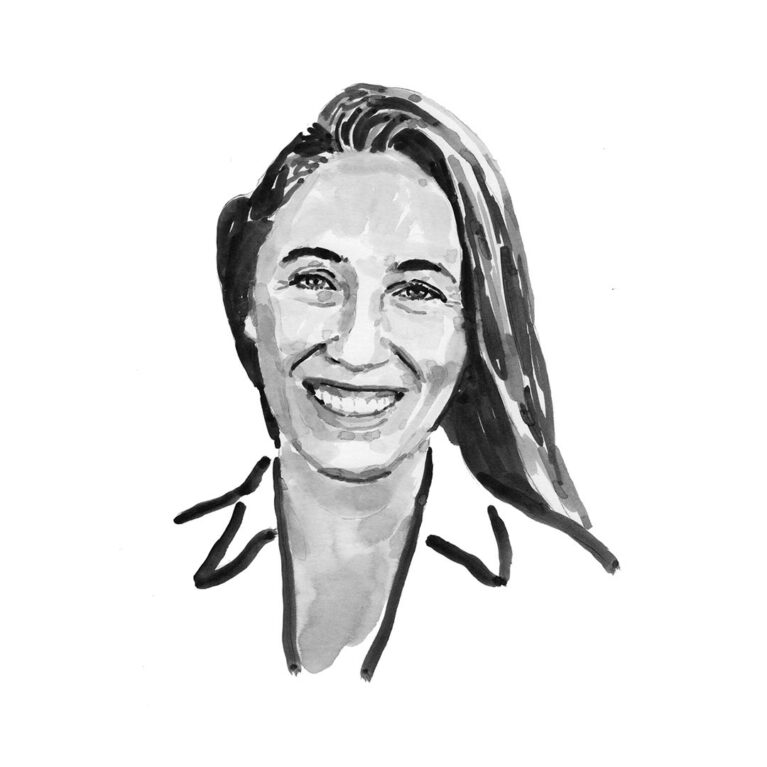Julia Wester

Who I am
As an interdisciplinary environmental scientist and educator, I research social-ecological systems and decision-making. I am interested in how we teach and communicate about science, how values and world views impact behaviour and how to better engage everyone in learning about and protecting our natural world. I co-founded Field School, an innovative hands-on marine science programme operating from a live-aboard research vessel in South Florida and the Caribbean, and I’m the director of the Field School Foundation, a non-profit organisation geared toward engaging people, particularly from underserved and underrepresented communities, in science and conservation. I teach environmental policy and environmental decision-making at the University of Miami’s Abess Center for Ecosystem Science and Policy.
Where I work
Biscayne Bay is a shallow marine estuary that hugs the coast of south Florida, near densely populated, urban Miami-Dade. The bay supports incredible biodiversity in its mangrove forests, sea-grass beds and coral reefs. More than 30 threatened species call Biscayne Bay home, including the endangered smalltooth sawfish. The bay also provides critical habitat for more than 100 species important to recreational and commercial fisheries, including spiny lobster and stone crab. All these ecosystems are fighting for survival in the shadow of Miami, which relies on the bay to generate $6-billion in direct income (10% of income in the county) each year and to provide more than half a billion dollars in annual tax revenue. In recent decades warming waters and nutrient pollution from sources like lawn fertiliser and septic tanks have led to algae blooms, lower oxygen levels and sudden die-offs of fish and seagrass. Threats to the bay are well understood by scientists, but a lot has to change to pull this unique ecosystem back from the brink of collapse. Solving these problems and saving the sharks and rays that depend on the bay will require both collective and individual action. To accomplish this we need to understand what people already know, think and value about the bay and its resident wildlife and how best to talk to them in order to drive change.
What I do
As an interdisciplinary social scientist, I spend half my time in the field working with my ecology collaborators and the other half directly engaging with the public to understand how they make choices about the environment. Sometimes this involves talking to recreational anglers on piers and at other times it means carefully crafting questionnaires to distribute online. One of the hardest things about social research is creating valid measures of complex and abstract ideas like a person’s ‘pro-environmental attitudes’ or how someone values wildlife. Doing this allows us to answer statistical questions such as what predicts someone having those values. It also lets us experimentally test how effective different outreach strategies are in helping us to hone conservation messages for the best impact. I like to combine these kinds of quantitative methods with more ‘qualitative’ approaches that ask people to explain in their own words why they think, feel and act as they do. This mix of methods gives us the best, most nuanced and most powerful picture of the human side of conservation problems.
